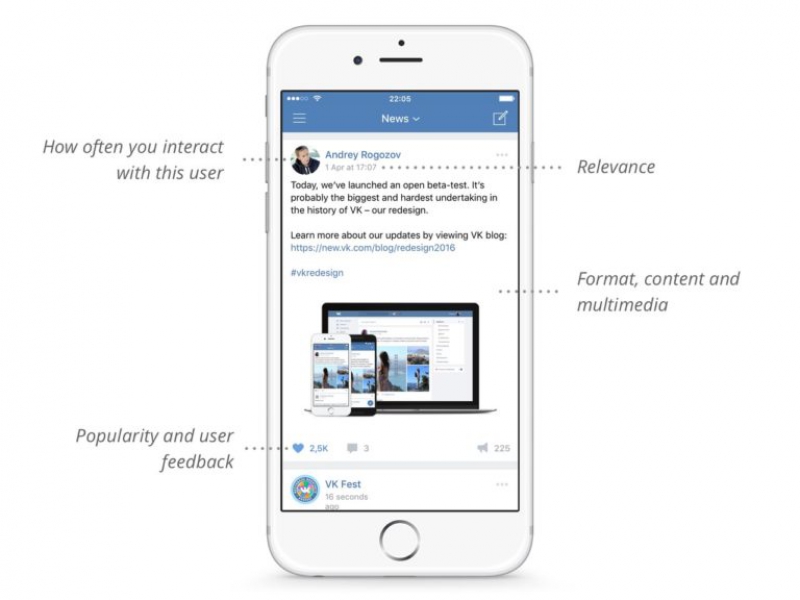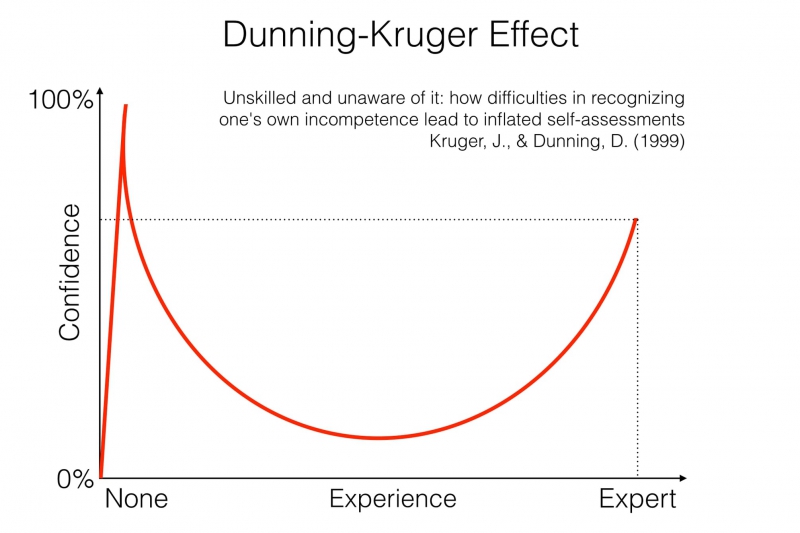Going public with a personal brand
Anyone who decides to expand their social media reach beyond getting likes from their own mom will have to start writing texts, taking pictures, and hosting livestreams. These are the forms of content one must generate in order to be picked up by social media content delivery algorithms. Of course, you are free to get editors, photographers, agencies, or perhaps even your mom, in the process. Whichever option you choose, you’ll need to spend at least two hours a day on your new endeavor.
To find joy in such work, you’ll need feedback, i.e. the community that exists around your content. At the initial stage, try to find at least three or five other sources of joy besides “likes”; these could be money, socialization, partnerships, recognition, connections, new skills, self-reflection, or something else.
An important skill is being able to form the core of your community. These days, running a personal blog is about more than just posting pictures; comment activity is a must. Many well-known celebrities and bloggers don’t delete negative comments not because they can’t afford to moderate their comment sections, but because it helps keep their community alive.
Challenges

Smart timelines
85% of users on VK.com have voluntarily switched to the “smart feed” feature that was launched in 2016. Smart timelines abandon the chronological order in favor of showing the content they have deemed most relevant to your interests. Facebook pioneered the format in 2009 when it launched the EdgeRank algorithm. For the past 10 years, people have lived in an algorithm-driven reality. When you’re building a personal brand, your main goal must be to create content that’s, first and foremost, interesting to the algorithms. And to do that, you must understand how they work.
Engagement
The engagement rate among Facebook audiences per a single post has decreased by 15.14% in 2016, but today the number is steadily growing.
Vying for attention
User-made posts on Facebook elicit 6.9 times more reactions than ones posted by brands. When you’re promoting a personal brand, you compete for attention with other individuals, brands, adverts and much more.

What is a personal brand?
Your personal brand is a set of perceived images and associations that appear in the conscious of your target audience and help achieve goals set by the brand owner. People who promote personal brands don’t work with objective reality; from the point of view of objective reality, your text may indeed be better than the most popular ones, but from the perspective of perceived value, your competitors’ product will be better for the audience.
And it’s not just about proofreading your text; there are plenty of factors at play, such as the credibility and authority of your sources, your image, relevance, time of posting, visual associations, ideas, previous experience, quality of content, mood, the reactions of users with clout, and more. Your goal is not simply to create quality content, but to gain perceived value. You’ll be working with both the conscious and the unconscious, which is why it’s important to employ not only formal logic, but also take into account how the human mind processes associations.
Audiences of personal brands: consumers, business partners, mass media, employees, potential clients, competitors’ clients and many others. Tasks: collecting feedback, growing your HR-brand, reputation management, or anything else you can come up with. Goals: finding joy, changing others’ perception, changing accepted processes.
Basics of social media communications
Inform. First, inform your users using pinned posts where you can share more about yourself and your personal values. This is also a tool that helps you distribute traffic towards your profiles on other platforms. Update this info when any changes occur.
Involve. Comments are the new shares. From an algorithm’s point of view, comments have the most value. That’s why you need to know how to encourage comments and increase your engagement metrics. For that purpose, work on creating communicative content and tag others.

Don’t forget about the Dunning-Kruger effect: the less a person knows about a given subject, the more confident they are in their knowledge of it and the more likely they are to post negative comments. On social media, people with little experience in your field will be highly confident that they are right. Experts and thoughtful people will think a hundred times before leaving a comment, and that’s why demeaning comments are likely to be prevalent. It’s not necessarily your fault; it’s the consequence of an effect we encounter constantly throughout our life both offline and online.
Analyze. Identify the metrics that are important to you from the get go, and decide how often you’ll check up on them, be it views, actions, queries, or subscriptions. Don’t impose overly strict limits on yourself or you risk sucking all the joy out of what you do.
Maintain a personal page and a brand page. Direct traffic from your personal page onto the brand page. Use the former to talk about yourself, and the latter to talk about your brand. Mind this: you should only have one personal page. There is no point in splitting your personalities and maintaining several personal pages “for business” and “for personal life”. You only risk confusing your audience.
Making your personal page
Fill out the “About Me” fields. Use your actual photo as your profile picture instead of a drawing, someone else’s photo, or a group picture.
Use the pinned post as a sort of introduction for yourself, and don’t forget to update it every once in a while.
Don’t write in all caps, don’t overdo it with emoticons, and don’t flood your posts with hashtags. Hashtags are only useful as cataloguing features within your content library (for instance, to sort posts by their topic).
Avoid putting special symbols into your name and surname to remain easily searchable.

What factors influence your reach
Quality of content. If people don’t like it, they won’t “like” it, and that’s a surefire sign that smart feeds won’t ever show it to others.
Your audience. If someone had subscribed to your page five years ago, their interests have likely changed since then. When users see your posts but don’t react to them, the algorithm treats your content as something that people aren’t interested in. Take time to scrub those people from your friends and subscriber lists to avoid this.
How you present content. Every social network has different rules on what forms of content perform better. If you see a new format emerge, take time to test it out in case it gains traction.
How relevant your content is to the smart feed algorithms.
Tags and mentions in your posts. People mentioned in our posts are likely to react to them and, therefore, increase your reach.
Using the sphere of influence strategy to develop personal brands on Facebook/Instagram
Analyze the people whose attention you’d like to attract by the criteria you deem important: their occupation, hobbies, interests, job titles. Make a list of people you can interact with for six months. Comment on their posts and take part in discussion; mention them in relevant posts. This will get you into their newsfeed.
Think of it as an invitation to tender. What you have to do is identify the person who makes the decisions on that tender along with others. After you’ve understood what they do, spend six months commenting, liking, messaging, and tagging them, therefore expressing your own expertise. Then, your content ends up in that person’s timeline. And you have algorithms to thank for that.





